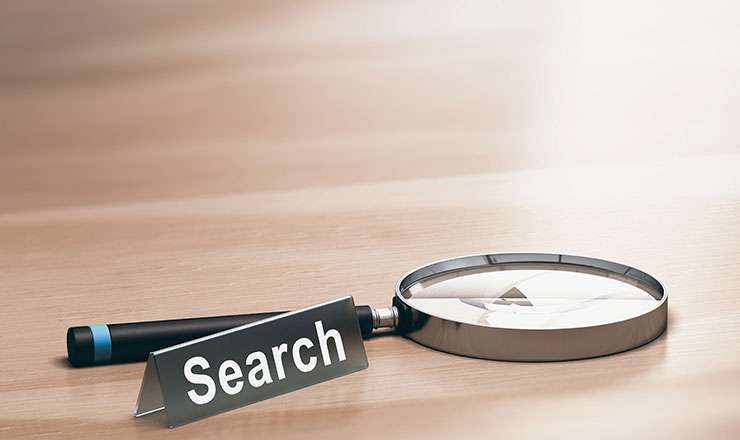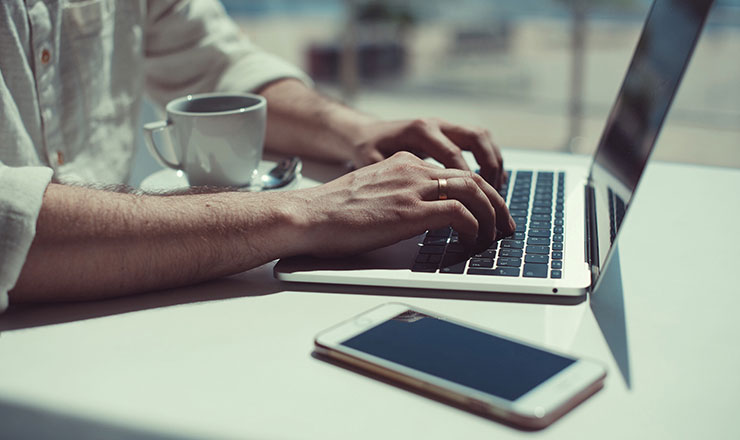Implementing Check-in and Check-out Procedures for Your Photography Studio

Take Control of Your Assets
A personalized demo is just one click away.
Many photography studios have to manage multiple photographers and equipment usage. Managing those photographers to ensure each shoot is covered can be a hassle. The studio has shared equipment and everyone has to schedule a time to use lighting, cameras, and other assets that help complete your shoot.
Problems Studios Encounter With Shared Equipment
But what happens when a photographer can’t access the equipment they need to complete a client's job? Shoots don’t get done, and your studio loses business.
Sharing equipment can definitely work. But everyone has to be on the same page with when the equipment is used and who can use it. Scheduling is a must.
Managing who is using what camera, lighting rig, lenses, and audio set-up can feel impossible. Especially if your photographers don’t communicate about what they need and take things instead of informing the rest of your staff about it.
Shared equipment is also subject to more wear and tear. Because it’s not only being used more but travels around more often, you’ll need to keep it maintained and tuned up more frequently.
Managing Studio Equipment Through Check-in and Check-out Procedures
One of the best ways to address these problems is to set up check-in and check-out procedures. These are part of a process that helps you monitor who is using what at any given time.
The best way to set this up is to attach it to a database that records each time the equipment is checked out or returned. If one of your photographers requests something, you can see what’s already been taken out, and what you currently have in your system.
You’ll need to set up an inventory management system before you can have a successful check-in/check-out system. In your inventory management, you’ll need to record what you have, how long you’ve had it, and the general state of the item. That way, you can track wear and tear, as well as what equipment gets requested the most.
You’ll also need to implement barcoding so you can scan items in and out. Putting barcodes on all of your assets also makes it easier to track and maintain. When you and your team utilizes photography equipment, they can scan assets in and make any notes on equipment issues they encounter.
Asset Panda is a great tracking and check-in and check-out system. You’ll be able to set up notifications to let you know when your team uses items. You can also set-up notifications to let you know when items have been used a certain number of times so that you can send them in for repairs and check-ups to ensure everything works as intended.
Setting Up Equipment Sharing Scheduling
It’s not enough to simply have a policy where you can check things in and out. You need to be able to set parameters for how people do this.
Set times where people can reserve equipment. Inform them of the process involved, and what steps they’ll need to take to request the tools they need to complete specific shoots. Setting up this type of request system will help you see what you have on the docket at any given time. You’ll also have the ability to monitor trends in photographer booking. Are certain photographers requested more often? Do you have times of the year that are more popular than others, and might require you to bring on temporary assistance to meet demand?
When you have the answers to these questions, you can find a system that allows all of your photographers to get the equipment they need when they need it.
Take Control of Your Assets
A personalized demo is just one click away.
Related News & Press

Learn more from an Asset Panda expert
Get a FREE consultation with an asset tracking expert to find out how you can transform your asset tracking.
Contact our Sales Team at (888) 928-6112


